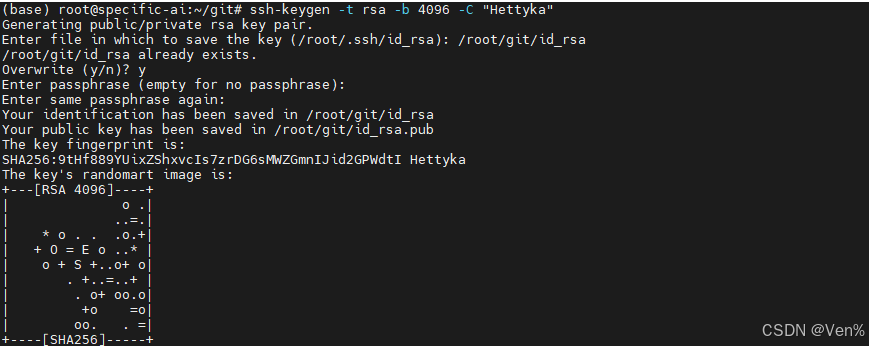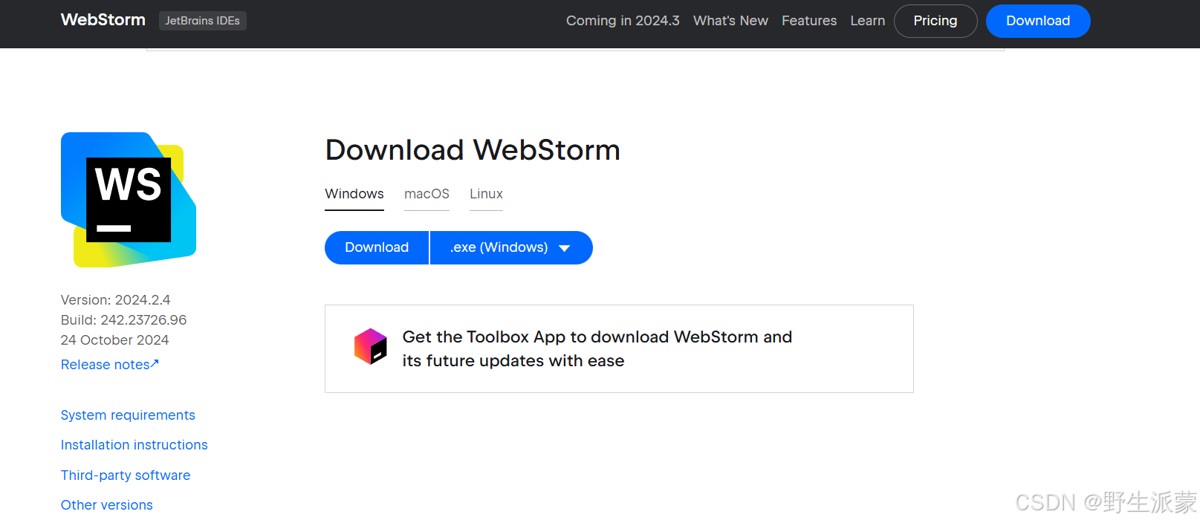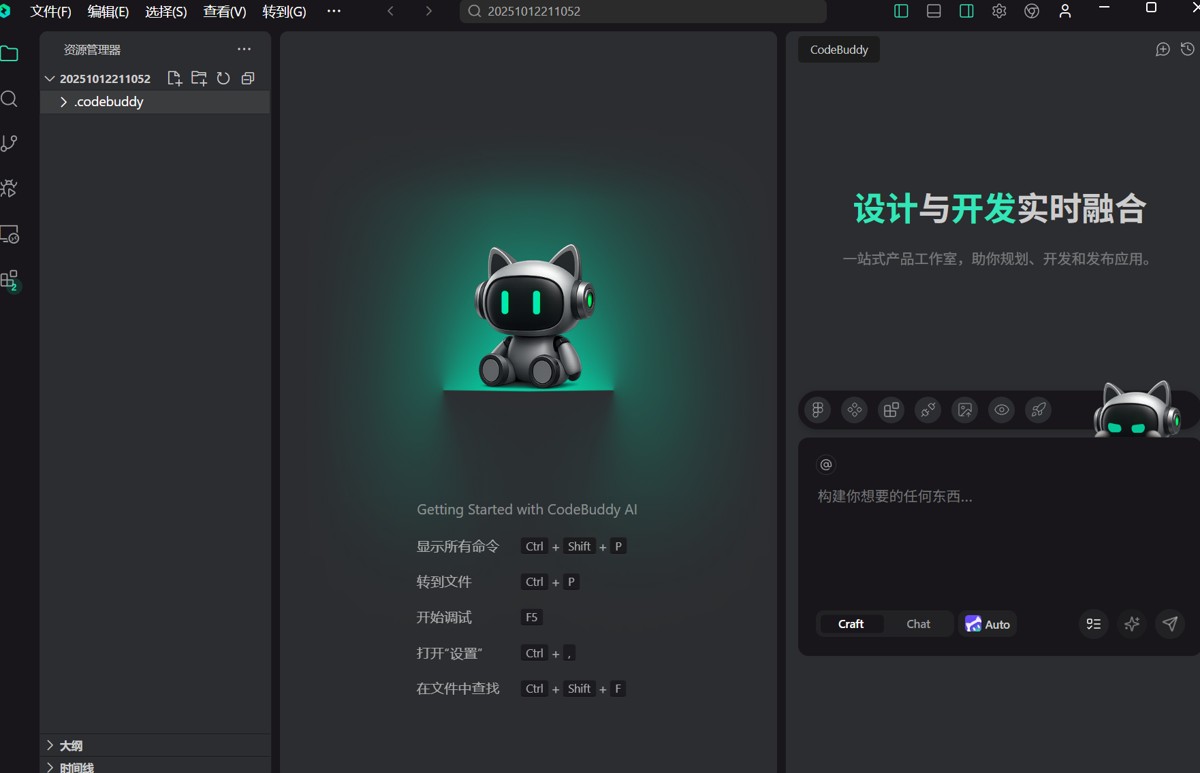在Objective-C编程中,NSInvocation是一个强大的工具,它允许你在运行时动态地调用方法。这种能力对于实现诸如方法拦截、依赖注入、或者在不知道方法签名的情况下调用方法等高级功能至关重要。本文将深入探索NSInvocation的使用方法,并展示如何通过代码示例来动态调用Objective-C中的方法。
1. NSInvocation 简介
NSInvocation是Foundation框架中的一个类,它提供了一种在运行时动态调用方法的手段。使用NSInvocation,你可以获取或设置方法的参数,并且执行这个方法。
2. 获取方法选择器
在Objective-C中,每个方法都有一个对应的选择器(selector),这是方法调用的核心。使用NSSelectorFromString函数可以从一个字符串获取选择器。
|
1 |
SEL selector = NSSelectorFromString(@"methodName:"); |
3. 创建 NSInvocation 实例
一旦有了选择器,就可以使用NSInvocation的initWithSelector:方法来创建一个NSInvocation对象。
|
1 |
NSInvocation *invocation = [[NSInvocation alloc] initWithSelector:selector]; |
4. 设置目标对象
使用NSInvocation的setTarget:方法设置要调用方法的对象。
|
1 |
[invocation setTarget:targetObject]; |
5. 设置方法参数
使用NSInvocation的setArgument:atIndex:方法设置方法的参数。参数的索引是从2开始的,因为索引0和1分别代表目标对象和选择器。
|
1 2 |
[invocation setArgument:&intValue atIndex:2]; [invocation setArgument:&floatValue atIndex:3]; |
6. 调用方法
当一切准备就绪后,使用NSInvocation的invoke方法来执行方法。
|
1 |
[invocation invoke]; |
7. 接收返回值
如果被调用的方法有返回值,使用getReturnValue:方法来获取它。
|
1 |
[invocation getReturnValue:&returnValue]; |
8. 完整的动态调用示例
下面是一个完整的示例,展示如何动态调用一个方法。
|
1 2 3 4 5 6 7 8 9 10 11 12 13 14 15 16 17 18 19 20 21 22 23 |
@interface MyClass : NSObject - (NSString *)greetWithName:(NSString *)name age:(NSInteger)age; @end @implementation MyClass - (NSString *)greetWithName:(NSString *)name age:(NSInteger)age { return [NSString stringWithFormat:@"Hello, %@, you are %ld years old.", name, (long)age]; } @end int main() { MyClass *myObject = [[MyClass alloc] init]; NSString *name = @"John"; NSInteger age = 30; SEL selector = NSSelectorFromString(@"greetWithName:age:"); NSInvocation *invocation = [NSInvocation invocationWithSelector:selector]; [invocation setTarget:myObject]; [invocation setArgument:&name atIndex:2]; [invocation setArgument:&age atIndex:3]; __unsafe_unretained NSString *returnValue; [invocation setReturnValue:&returnValue]; [invocation invoke]; NSLog(@"%@", returnValue); return 0; } |
9. 动态调用的高级用法
NSInvocation不仅可以用来调用有参数的方法,也可以用于调用无参数的方法,或者获取方法的返回类型和参数类型。
10. 结论
NSInvocation是Objective-C中一个非常强大的特性,它为开发者提供了在运行时动态调用方法的能力。通过本文的介绍和示例代码,读者应该能够理解并掌握如何使用NSInvocation来增强自己的应用程序的灵活性和动态性。
本文详细介绍了NSInvocation的基本概念、使用方法和实际代码示例,展示了如何利用它进行方法的动态调用。随着对NSInvocation更深入的了解和应用,你将能够开发出更加灵活和强大的Objective-C应用程序。



